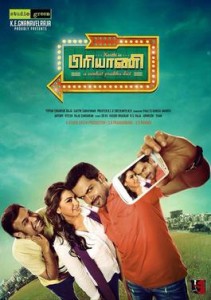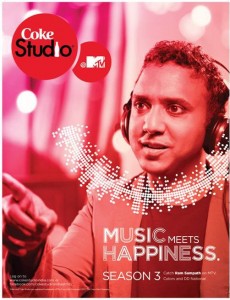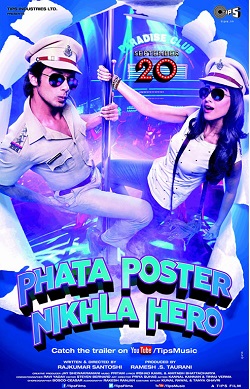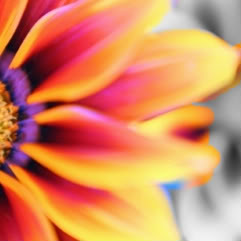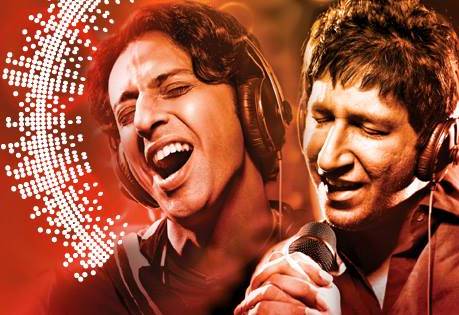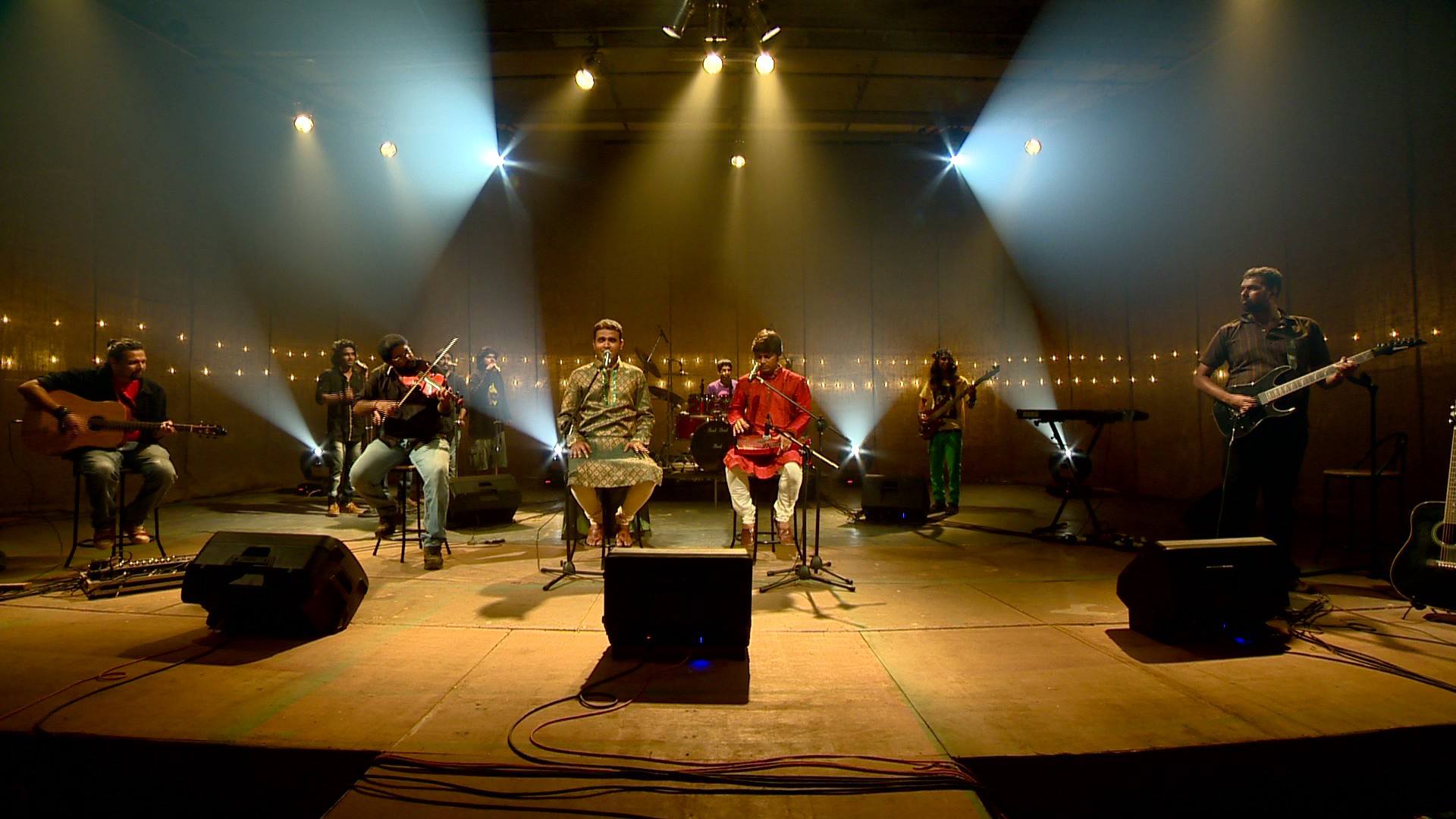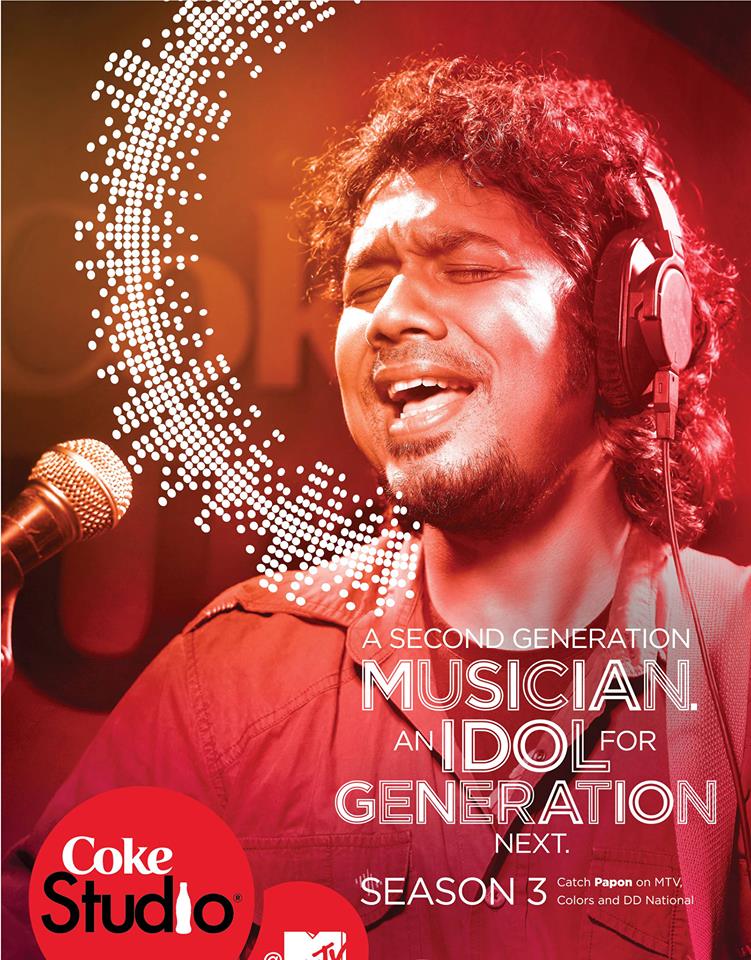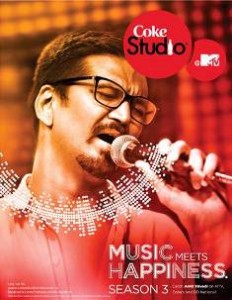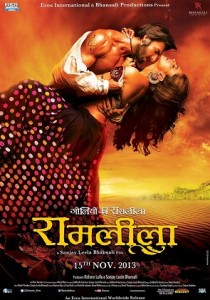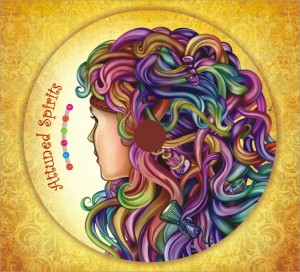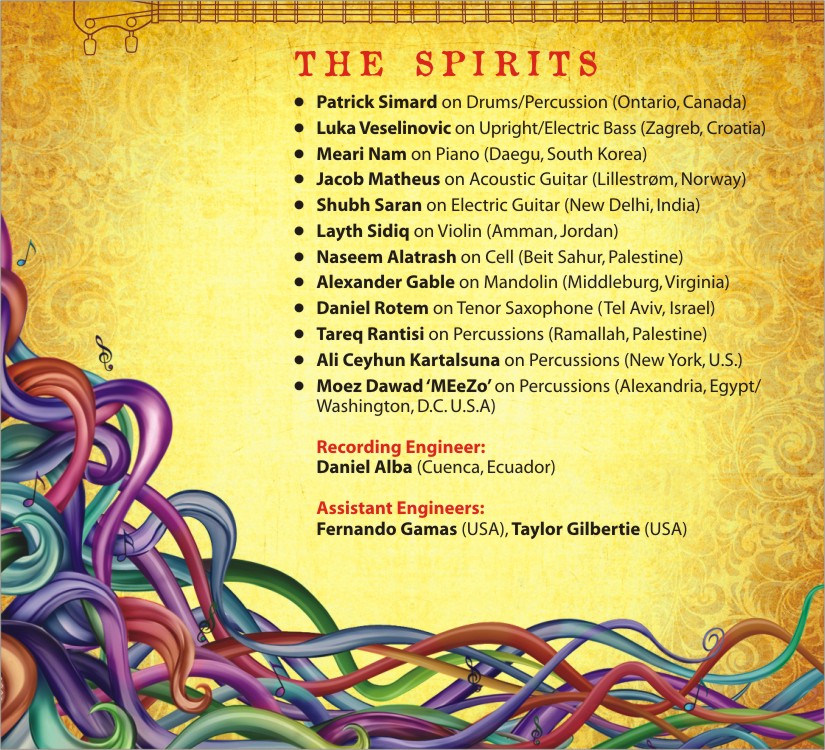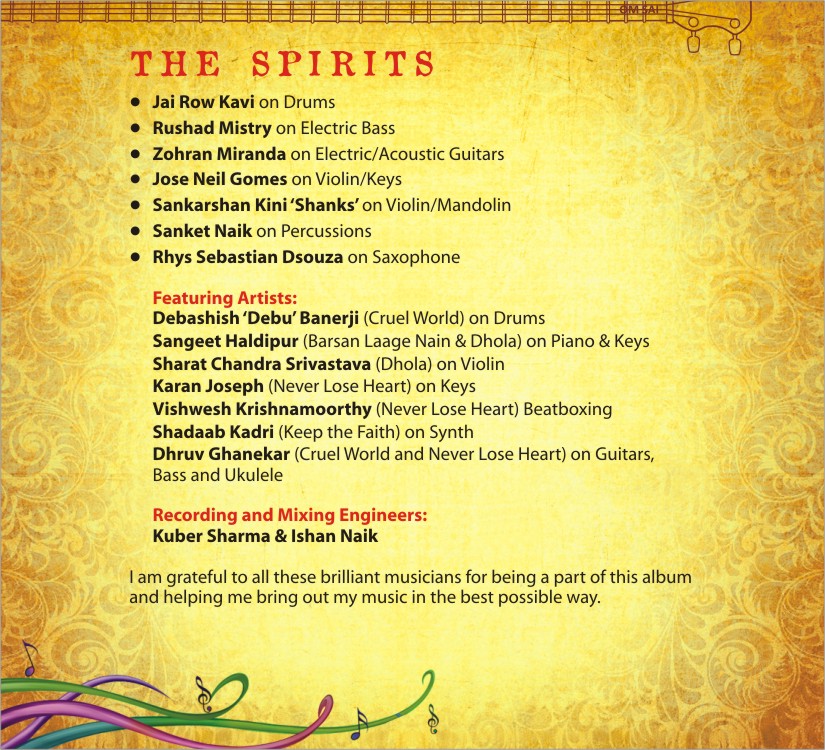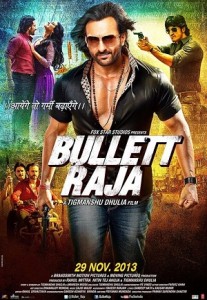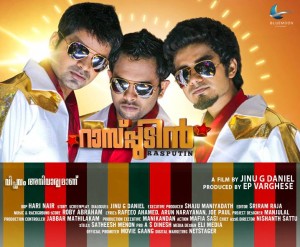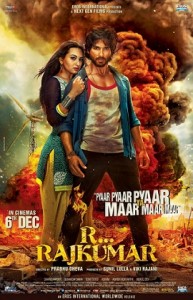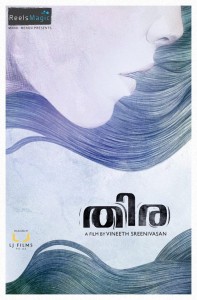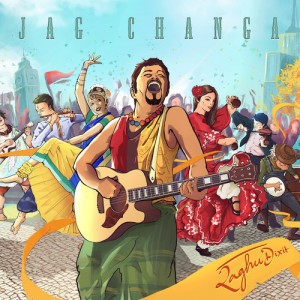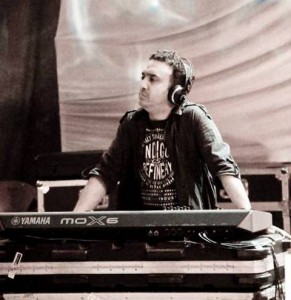 If you grew up in the 90s, there is little chance that you would not know the song that was arguably a turning point of singer Shaan’s career - Tanha Dil. But do you also know that the song was composed by Ram Sampath? Not many do, I am sure. Such was the fate of the composer, to remain behind the scenes for almost 15 years of his career despite producing some super music off and on (Khakee, . Thanks to Rajesh Roshan in 2008, the man had his biggest moment of fame until that point when the former plagiarised his Sony Ericsson jingle for the Krazzy 4 title song featuring Hritik Roshan. It took Aamir Khan though to turn things around for good when he roped in Ram for Delhi Belly. A bunch of successful soundtracks and jingles after that, the man makes his debut on MTV’s Indian adaptation of Coke Studio this Saturday (the first song featuring Bhanvari Devi and Hard Kaur was released by MTV a couple of hours back). We decided to hear from Ram about his music. And here we share it with you all.
If you grew up in the 90s, there is little chance that you would not know the song that was arguably a turning point of singer Shaan’s career - Tanha Dil. But do you also know that the song was composed by Ram Sampath? Not many do, I am sure. Such was the fate of the composer, to remain behind the scenes for almost 15 years of his career despite producing some super music off and on (Khakee, . Thanks to Rajesh Roshan in 2008, the man had his biggest moment of fame until that point when the former plagiarised his Sony Ericsson jingle for the Krazzy 4 title song featuring Hritik Roshan. It took Aamir Khan though to turn things around for good when he roped in Ram for Delhi Belly. A bunch of successful soundtracks and jingles after that, the man makes his debut on MTV’s Indian adaptation of Coke Studio this Saturday (the first song featuring Bhanvari Devi and Hard Kaur was released by MTV a couple of hours back). We decided to hear from Ram about his music. And here we share it with you all.
(A big thank you to Sona Mohapatra; if not for her help we would never have got this interview done!)
Let’s start with the big one, Coke Studio. You debut on the show this season, next week to be precise. A word on what to expect and how you went about picking the songs and artists, given that they seem to be spread across geography and genres?
India is vast and diverse and I wanted to capture some of that breadth on my episode. I also wanted to enjoy myself leading a kick-ass band. For me, Coke Studio @ Mtv is as much about the band as it is about the singers and my band was an absolute delight to work with. My episode is captured completely live & I truly hope the audience appreciates that.
The concept made it easier for me to choose my vocalists. I chose to work with some of my favourite female vocalists from different genres of music across India. From Carnatic legend Aruna Sairam and Rajasthani folk legend Bhanwari Devi to Desi Hip hop pioneer Hard Kaur. From gospel, jazz and soul singer Samantha Edwards to new age Bengali folk singer Usri Banerjee & the passionate modern rock vocals of Aditi Singh Sharma to my muse Sona; the choices were easy but there are many more vocalists I still hope to work with..
You seem to have a theme around your episode and all lead performers seem to be ladies?
My main motivation to do CS@MTV this year was because I found the right concept to work with. The concept of my episode is Devi and I wanted to celebrate and represent the various forms of feminine energy. India is probably the only culture in the world that still worships the Feminine Divine, yet we are struggling to deal with our misogyny and narrow-mindedness. It was a good opportunity for me express my feelings as an Indian artist.
You have two songs with the great Aruna Sairam on Coke Studio. A bit about that may be? How you came to choose her, the experience of working with her, et al?
Aruna Sairam is a true master of her craft & a dream to work with. It would take a whole season of CS@MTV to showcase her repertoire! She carries centuries of music in her, yet she has an amazingly modern perspective on art. I hope to work with her again in the near future.
You did the score for Celluloid Man. A documentary on India’s foremost film archivist, covering almost all of Indian Cinema. How challenging was setting the music?
Celluloid Man is a very, very long interview in itself – suffice to say that it was a therapeutic experience as it reconnected me to the pure, artistic side of cinema and the myriad emotions it invokes within you.
Talking of older compositions, is there a plan to resurrect Colorblind, given that the indie scene is in general on a path of resurgence of late, both in terms of new bands and the exposure level?
No. I have a lot of material written for a second and third Colourblind album but it doesn’t excite me at the moment. My output of music in the last 3 years has been quite prolific, so I might think about an Indie project when I get some breathing space.
It was in 1996 that you composed Tanha Dil. Even today many of its fans do not know that it was you. Situation seems to be a bit different now though. Has the scene in general changed a lot for the non-frontline musicians?
I don’t think so! It’s still the singer of the song who gets all the attention & not much has changed. I personally, have always preferred being the play-maker to the striker, so I tend not to seek out the spotlight. I think it was Aamir’s amazing promotion of the music of Delhi Belly that got me back in the mainstream game.
You do a lot of ads as well. How different is working on jingles versus Independent albums versus movies? Which do you prefer most?
Every medium is enjoyable in it’s own way & teaches you something different. I see myself as composer who works in different media. I would love to score a video game someday; something like Assassin’s Creed would be fun..
You founded Om Grown Music Studio with Sona some time back, and although you have worked with a lot of freelance musicians, it all seems to have been for your own projects – be it ads, Satyameva Jayate.. Is there a plan to move out beyond that, into promoting music purely by other artists?
I have always tried to work with new talent as much as possible for e.g. the guitar player (Nirdosh Sobti) and bass player (Keshav Iyengar) on my Coke Studio episode are musicians I discovered when I was a judge on Rock On with MTV. Besides, I think there are record companies and websites out there that promote music much better than I can, so I’ll stick to making music & Omgrown Music remains a platform for my musical ambitions for now..
You seem to be one of the very few musicians who has stayed clear of the social media bandwagon. Given how a lot of artists find the social channel helpful in promoting their work, any particular reason why you have let that skip?
I find social media unsettling and since I interact with an insane number of people on a daily basis at work, I prefer the quiet when I’m alone.
What are the projects that are keeping you busy at this moment, other than Coke Studio? Anything you are at liberty to speak of?
Movies, albums, plans.. all happening at the same time.. I’m happiest biting off more than I can chew!
